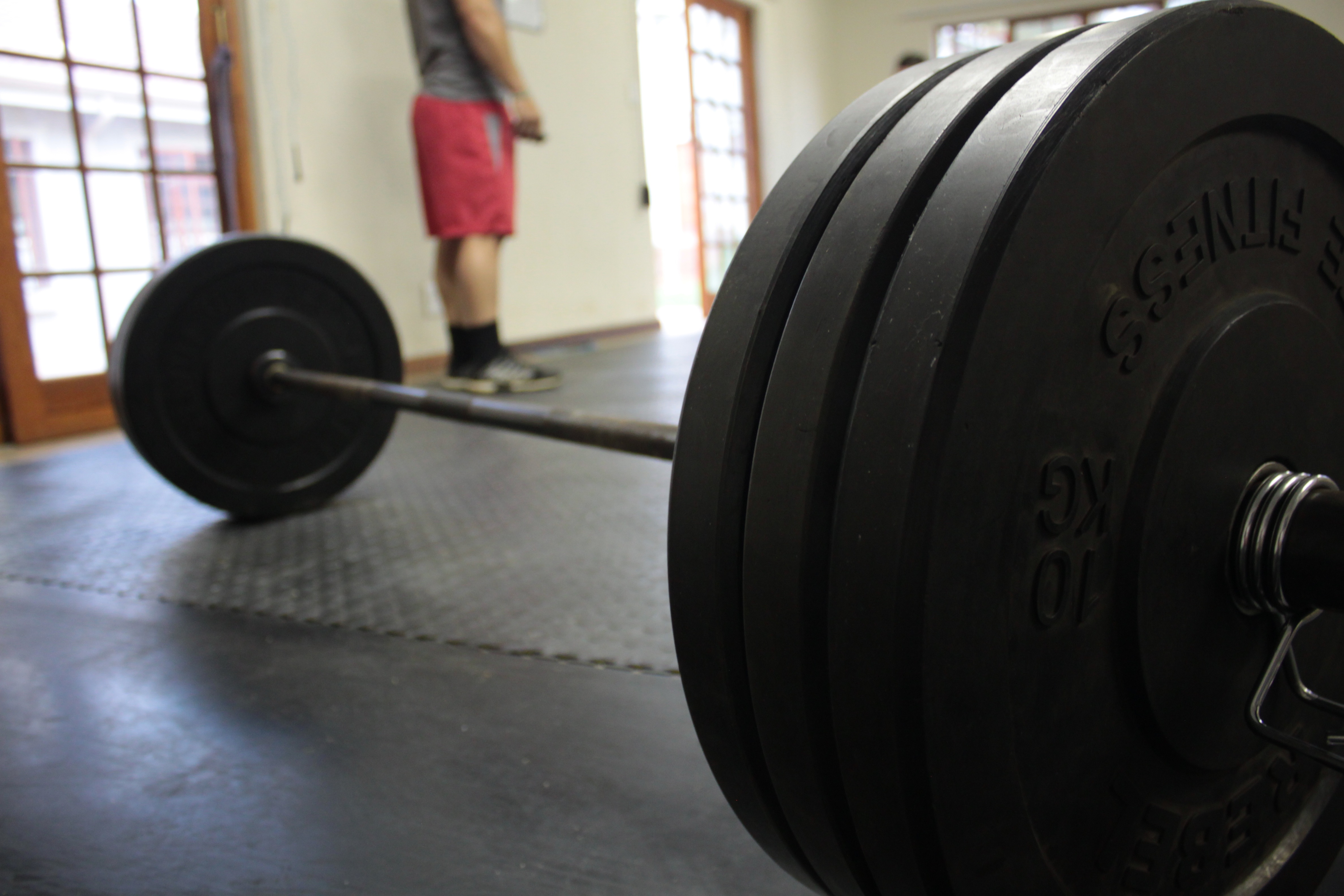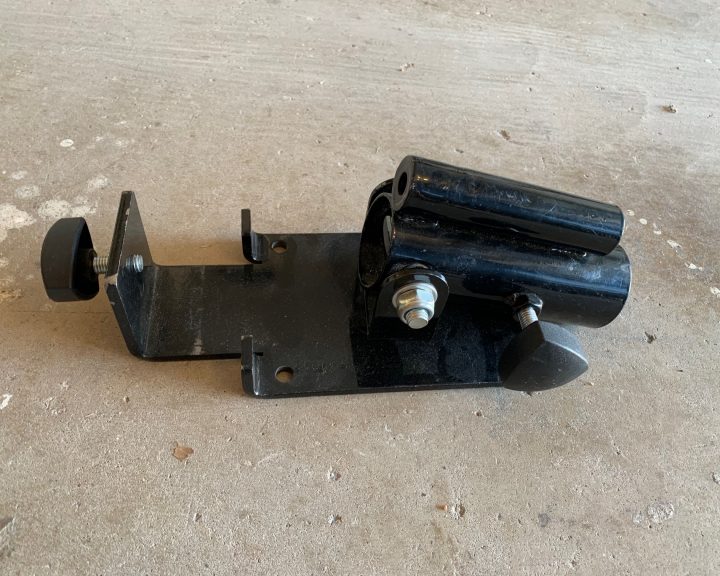Being able to break down ATP for fuel is important for exercise, but also for living. We touched on its importance and how we access it for short-term, high intensity activities in our last post. In this post, we’re going to cover what happens if you want to exercise for longer than 6-10 seconds.
The ATP that we access for movements that last 6-10 seconds is not available in very large supplies. Estimates are something like 100 grams in the body. Now, we can use phosphocreatine to resynthesize ATP from ADP, but there’s only about 120 grams of that in the body. In other words, there’s a finite amount available.
Now, clearly we are able to exercise or compete in sports for more than 6-10 seconds continuously. This means there has to be other ways to get ATP to fuel things. This is where the next energy system comes into play. This energy system goes by a lot of names; glycolysis, fast glycolysis, glycolytic, anaerobic glycolytic, and lactic acid energy system to name a few.
To keep things simple, right now we’re talking about exercise that is so fast and so intense that this energy system is acting without a significant amount of oxygen available to help with the chemical reactions that we’re going to describe.
So, we’re running a 200 meter sprint and we need another way to generate ATP because we’re going to burn through ours about 60-80 meters into the race. To do this we use glucose that is moving around in our bloodstream, or glycogen (which is glucose that is stored in our muscles and liver) and we break this down for ATP.
Now, the act of taking glucose or stored glycogen and converting it into energy requires an energy investment of ATP. The process involves a number of enzymes and reactions that eventually results in the creation of two ATPs and (in anaerobic glycolysis) the production of hydrogen ions as a waste product.
These hydrogen ions will eventually limit our ability to continue to perform. These hydrogen ions are accumulating because the exercise is too fast and too intense to use oxygen to help break down glucose. As a result, hydrogen ions begin to accumulate. These ions make the muscles more acidic, causing discomfort and eventually interfering with the enzymes involved in the ability of the muscle to function – in other words, the presence of the hydrogen ions eventually stops the exercise.
Now, early in the exercise we form lactate to remove those hydrogen ions. But, as exercise progresses we cannot form the lactate to remove the ions, so this becomes a rate limiting step. This is an important distinction because when I was in grad school in the 90’s we were learning that lactic acid is the evil waste product, now we see it as a positive whereas the hydrogen ions are the thing that is limiting our performance.
So that’s the 30,000 foot view of this energy system. Now let’s discuss when we use this and how to train this energy system.
Basically exercises or movements that last longer than 6-10 seconds up to two to three minutes are going to rely on this energy system. Examples include the end of the 100 meter dash, the 200, the 400, most of the 800, push-ups to failure, the two-minute sit-up test, a set of 8-12 repetitions, etc.
As a former Olympic lifter, this is a really unpleasant energy system to train. Training it involves getting the body to store more glycogen in the muscles (i.e. creating a need for that to happen) and training us to become used to being uncomfortable as a result of the presence of hydrogen ions. This means moderate volumes (8-15 repetitions per set on the weights, 100-300 meter sprints, etc.) and incomplete recoveries after each set (30-60 seconds rest).
Now, these kind of posts present the image that at 6-10 seconds the immediate (or Phosphagen) energy system turns off and this one begins. Remember, they are all working together. One doesn’t “turn off” and one doesn’t suddenly “turn on.” This energy system is warming up when exercise begins, but with the chemical reactions involved it takes time. So there is overlap between the two. Also keep in mind that the way we recover from this (and remove that lactate) is using oxygen – which is why the next energy system is important for every athlete.



